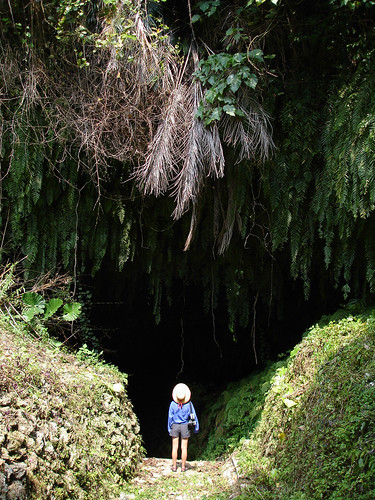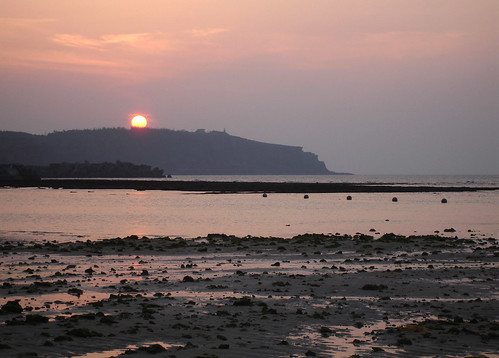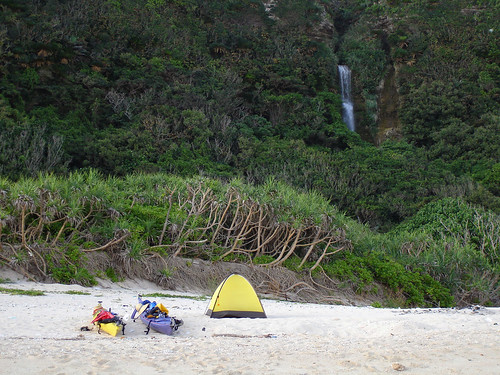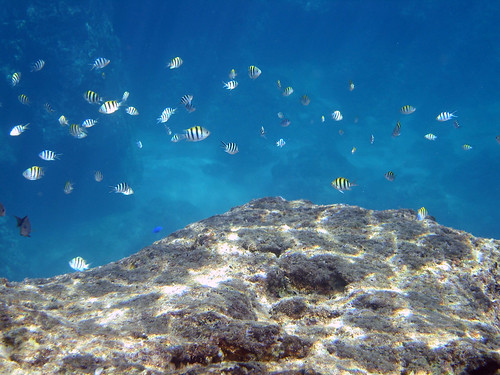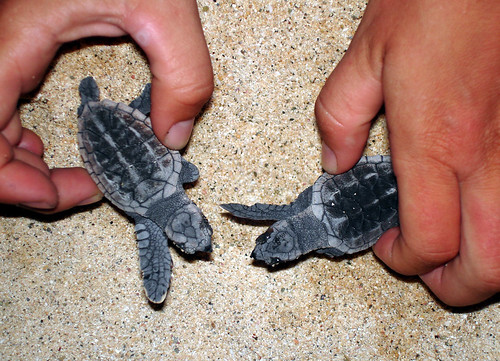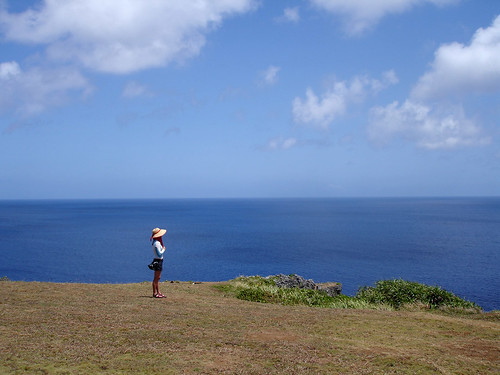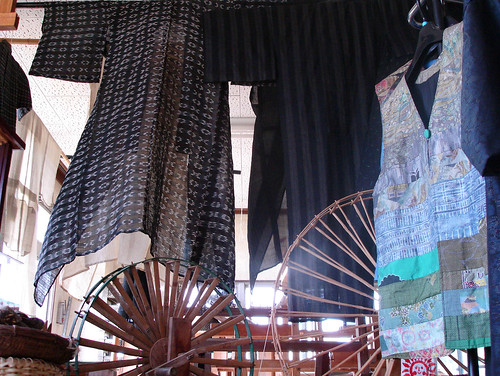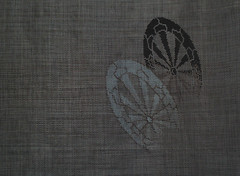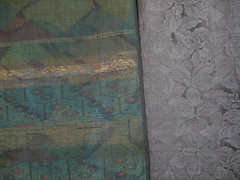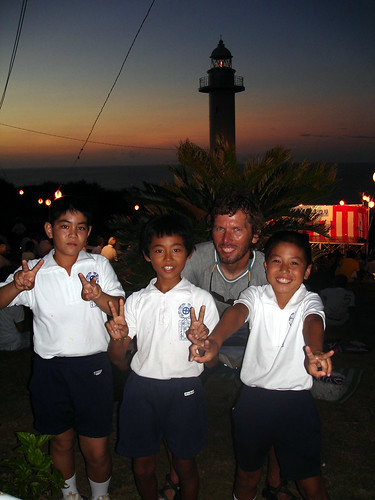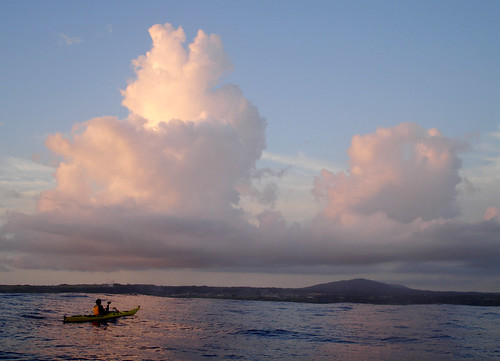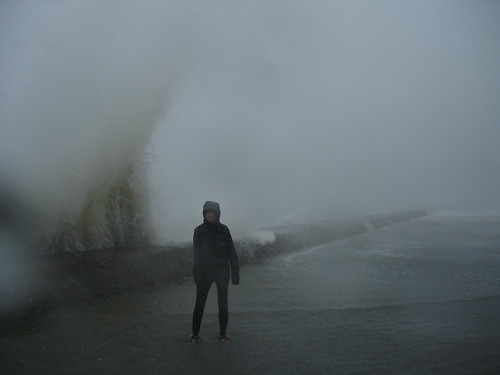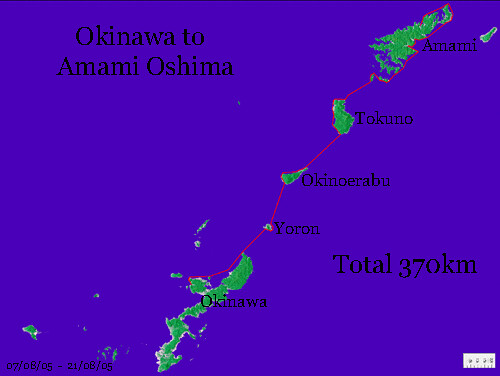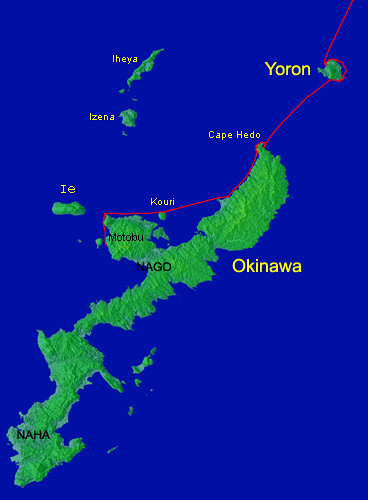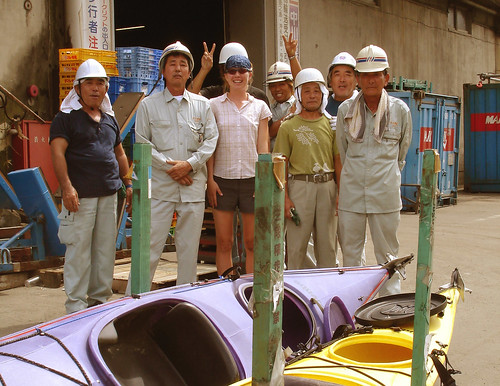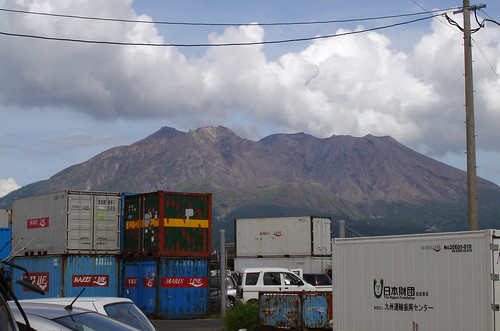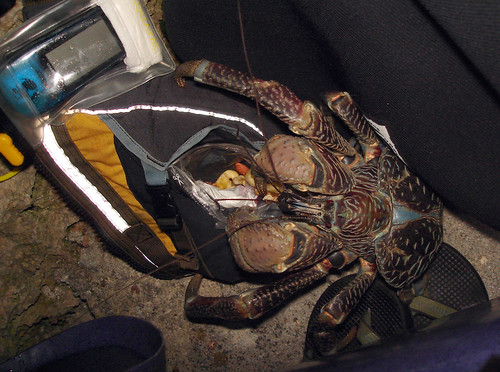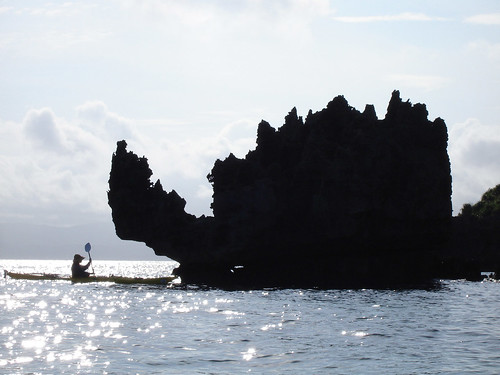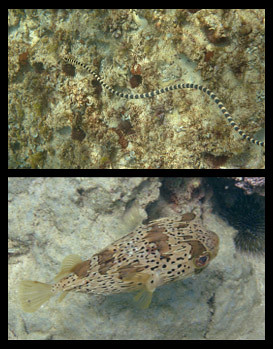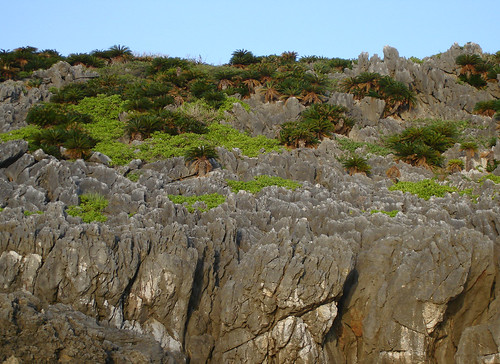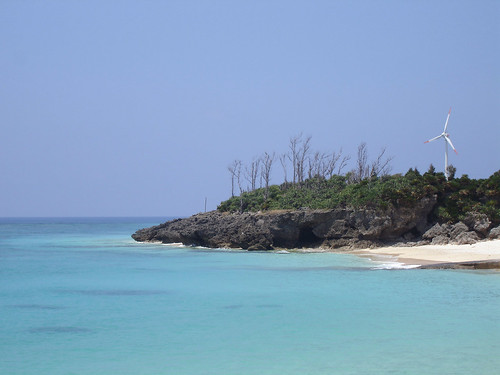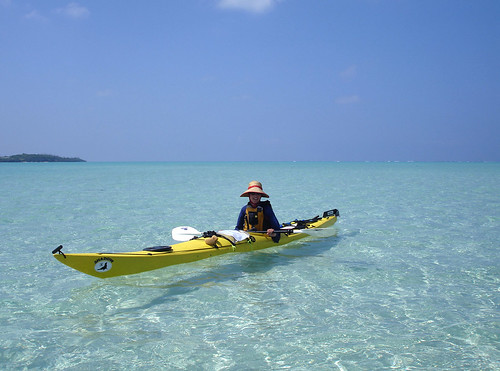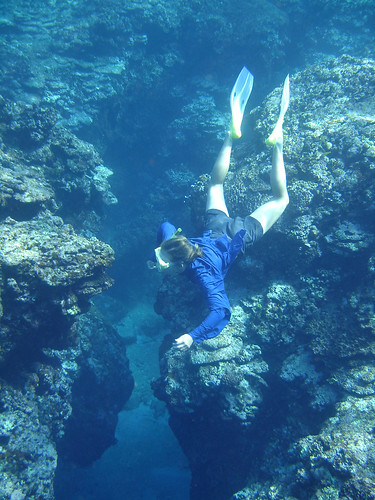Okinawa to Amami traverse PART 2
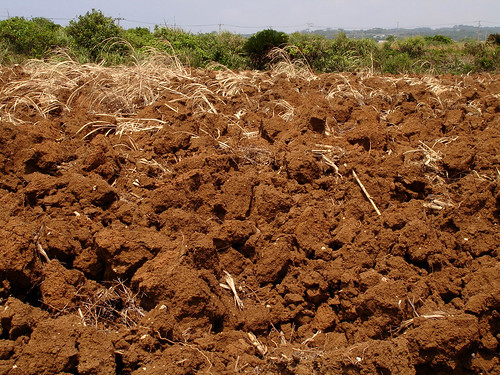
Guided by channel lights, we slipped past the edge of Yoron’s reef in the pre-dawn darkness early the next day. Beyond 34km of open sea lay Okinoerabu island: slightly larger and taller than Yoron and for many centuries the northernmost land of the Ryukyu kingdom. When finally seized by the Satsuma domain of Japan, this remote island with unpleasant and harsh living conditions was used to exile prisoners, the most famous of which was Saigo Takamori, the true Last Samurai. After the seven-hour crossing, which went by uneventfully, we had impatiently followed the coastline looking fruitlessly for any place to cross the reef and its relentless surf. We had eventually pulled ashore at the new, ugly, and grossly oversize Sumiyoshi fishing port.
Today, the island's inhabitants struggle to make a living growing sugar cane on the island’s barren ‘akatsuchi’, or red soil. Water is scarce, and in the summertime it only rains during typhoons, which of course wreak their own damage on the crops. There had been no typhoons yet this year, and the land was hot and parched as we walked the kilometer or so to the tiny town of Sumiyoshi (Good Living).
